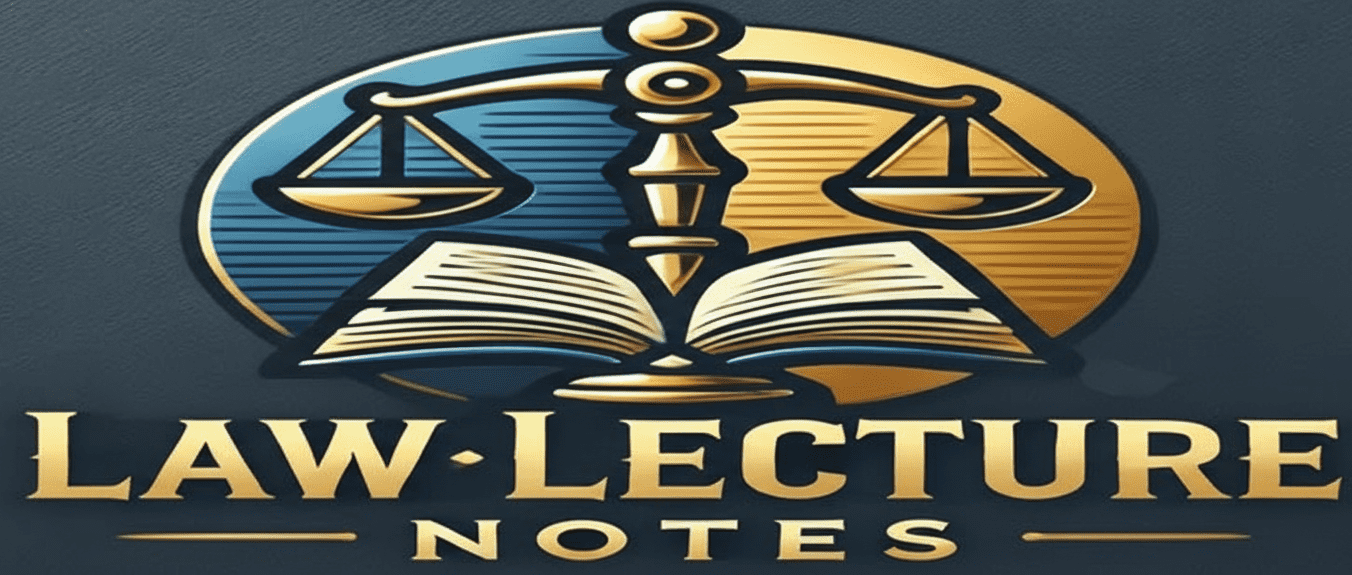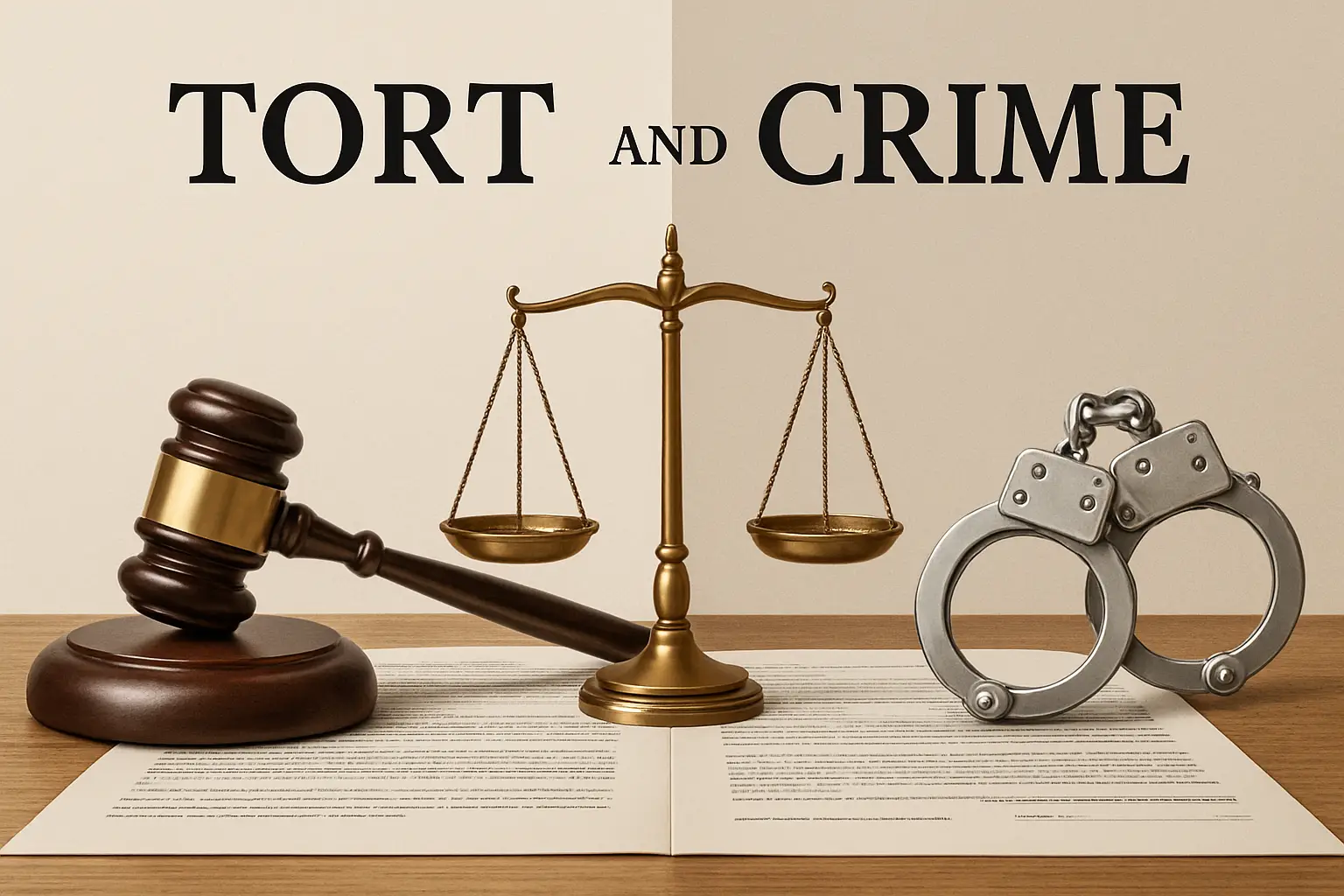Tort and crime are fundamentally distinct branches of law, each concerned with different kinds of rights, remedies, and objectives.
Core Differences
- Nature of Right Violated:
A tort is an infringement of an individual’s civil or private rights, whereas a crime is a violation of public rights or duties owed collectively to the community. - Remedy and Sanction:
In tort law, the principal remedy is compensation—to restore the injured person to their prior position. In contrast, criminal law aims to punish the wrongdoer, with penalties including fines or imprisonment, in the interest of public welfare. - Who brings the Action:
Tort claims are initiated by the injured party (plaintiff), while in crimes, the prosecution is conducted by the State, acting on behalf of society.
Statutory Context and Judicial Interpretation
- Criminal courts in India have limited powers to order compensation for victims out of fines imposed on offenders (see Section 357, Code of Criminal Procedure, 1973). However, compensation awarded in criminal cases is secondary to the main objective of punishment.
- In tort, by contrast, awarding damages is the central focus. Only punitive or exemplary damages in tort have a punitive (criminal-like) character, and their award is restricted to special cases to avoid introducing criminal elements into civil justice without appropriate procedural safeguards (Rookes v. Barnard (1964) AC 1129; Cassell & Co. Ltd. v. Broome (1972) AC 1027).
Judicial Perspective
The Bombay High Court has elucidated the difference through the lens of sanctions and purpose:
“In the case of a crime, the sanction is punishment; in torts or civil wrongs, the sanction is damages. The primary object of criminal punishment is deterrence; the object of compensation is recompense.”
(State of Maharashtra v. Govind Mhatarba Shinde (2010) 4 AIRBOMR 167)
Overlaps and Combined Liability
Some conduct may simultaneously constitute both a tort and a crime—such as assault, libel, theft, or damage to property. However, how an act is defined, what defenses exist, and the outcomes in both domains differ.
For example, the truth is a complete defense in tort for libel but may not suffice in a criminal libel prosecution.
A single action can thus result in both civil damages (to the victim) and criminal consequences (punishment by the State).
Historically, English common law once restricted civil suits for acts that were also felonies, requiring that criminal prosecution take precedence (Smith v. Salwyn (1914) 3 KB 98). This rule, however, is not observed in India (Keshab v. Maniruddin (1908) 13 CWN 501; Abdul Kawder v. Muhammad Mera (1881) 4 ILR 410 Mad), and has been abolished in England by Section 1, Criminal Law Act, 1967.
Multiple Causes of Action
It’s also possible for a single incident to give rise to criminal, tortious, and quasi-contractual claims. For instance, if someone fraudulently obtains goods and resells them:
- They may face criminal prosecution for fraud,
- a civil suit for damages or recovery of the goods in tort, and
- an action of quasi-contract for the proceeds kept from the sale.
Primary Duty in Rem
Despite differences, both tort and criminal law share a similarity in that their primary duties (not to commit harm or crime) are imposed by law and owed to all (in rem).
Summary Table:
| Aspect | Tort | Crime |
|---|---|---|
| Rights Affected | Private/civil rights | Public/community rights |
| Purpose | Compensation for injured party | Punishment and deterrence |
| Who Prosecutes | Injured party | State (on behalf of society) |
| Principal Remedy | Damages (compensation) | Fine, imprisonment, or both |
| Standard of Proof | Balance of probabilities | Beyond reasonable doubt |
| Example Statute/Case | State of Maharashtra v. Govind Mhatarba Shinde (2010), Section 357 CrPC | Rookes v. Barnard (1964), Cassell & Co. Ltd. v. Broome (1972) |

